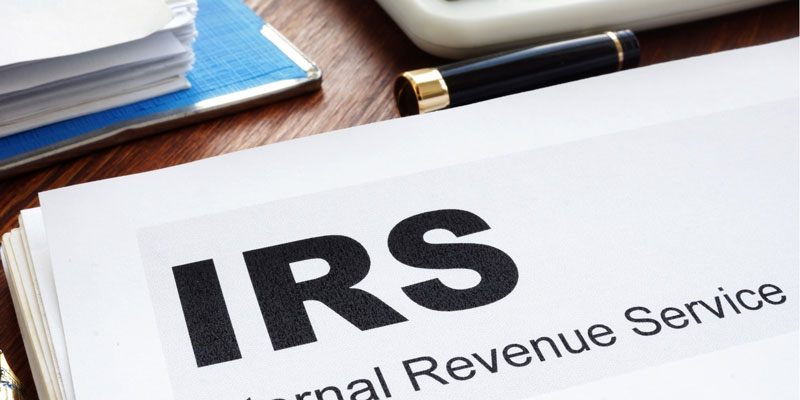Simplifying Direct Deposit: How to Write a Voided Check
Dec 03, 2023 By Susan Kelly
If you’ve ever worked in an office, then you know that sliding a physical check into the company mailbox can be tedious and stressful. For this reason, employers are increasingly turning to direct deposit as a method of paying employees–given its speed, convenience, and reliability. To set up direct deposit for your employer or organization requires the submission of either voided checks or bank account information. Writing a voided check may seem daunting but thankfully it is actually quite simple! In this blog post, we will discuss why writing a voided check is important when setting up direct deposit and walk through exactly how to do it.
What is a Voided Check and Why Do You Need it for Direct Deposit
Have you ever heard of a voided check? If you're setting up direct deposit, it's crucial that you do. A voided check is simply a check that has been marked as void and can no longer be used to make payments. But why do you need one for direct deposit? Well, when signing up for direct deposit, you will need to provide your bank account information, and a voided check helps to ensure that the information you provide is correct. This is because the check displays your account and routing numbers, which are necessary for your employer to initiate your direct deposit.
So, if you're looking to set up direct deposit for your paychecks, be sure to have a voided check handy to make the process go smoothly.
Step-by-Step Guide to Writing a Voided Check
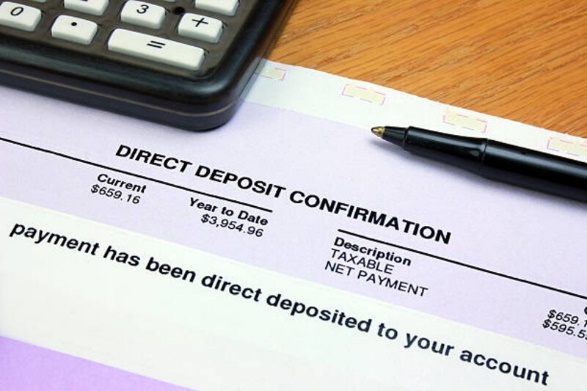
A voided check is essential for a variety of financial transactions, such as setting up direct deposit and automatic bill payments. But don't worry, it's a simple process that anyone can master.
- Start by having a blank check ready
- then write the word "VOID" in large letters across the front.
- Be sure to use a pen with dark ink, so the void is clear and cannot be mistaken for anything else.
- Next, add the reason for voiding the check, such as "for direct deposit only" or "voided in error."
- Once completed, your voided check is ready to help you manage your finances with ease.
What Information Should You Include on the Check?
When it comes to writing a check, it's important to know what information needs to be included to ensure it can be processed without any issues. One of the most crucial pieces of information is the date, which should be written in the top right-hand corner. You'll also need to fill in the payee field, indicating who the check is for, followed by the amount in both numerical and written form.
And don't forget to sign the check at the bottom! While it may seem like a lot to remember, taking the time to ensure each field is filled out correctly will make the check-writing process a breeze.
How to Fill Out a Bank Routing Number and Account Number on the Check?
Filling out a check can feel like a daunting task, especially when it comes down to inputting bank routing and account numbers. However, with a little bit of understanding, it's a piece of cake! The bank routing number is a nine-digit code that helps in identifying the financial institution where the account holder has their account. It is usually the first set of numbers, located at the very bottom left corner of the check.
On the other hand, the account number is a unique identifier assigned by the bank to the account holder. It is always located after the routing number and usually followed by the check number. With these two numbers in hand, one can easily fill out a check and send it on its way.
Tips for Avoiding Mistakes When Writing Your Voided Check
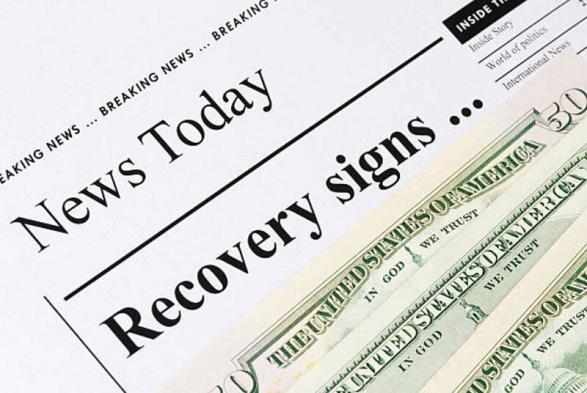
Writing a voided check can be a bit tricky, so it's important to take some measures to avoid mistakes.
- Double-check that the information is all correct and that you have included all the necessary details.
- Make sure to use dark ink when writing the word “VOID” on your check so that it cannot be mistaken for something else.
- Be sure to always sign the check at the bottom and make a copy of it for your records.
Once you have taken all these steps, you are ready to submit your voided check as part of the direct deposit setup process! With this information in hand, setting up direct deposit will become a breeze. You can now relax knowing that your finances are in order and that you have taken the necessary steps to streamline your payments.
Alternatives to Writing a Voided Check – Electronic Data Transfer Options Available
In today's world, writing checks seems like a chore from the past. It's time-consuming, prone to errors, and can lead to confusion. Especially when it comes to making payments to a vendor or third-party, there are many alternatives that one can opt for. Electronic data transfer is one of the most convenient and secure methods of sending payments to anyone. With the availability of multiple options, such as ACH, wire transfer, and online payment portals, sending money has never been easier.
These methods ensure the accuracy and timely delivery of payments with the added benefit of no physical checks to keep track of.
Conclusion:
Writing a voided check may seem like a daunting task. But with the right information, it can be done quickly and easily. This blog post has discussed why writing a voided check is important for setting up direct deposit, as well as how to do it properly. We've also gone over some tips to avoid mistakes when writing a check and discussed the alternatives to writing a voided check – such as electronic data transfer options. So, if you're ever in need of setting up direct deposit, you now have all the information you need to write that voided check with confidence!
FAQs:
Q: Is a voided check the same as a blank check?
A: No, a voided check is not the same as a blank check. A voided check is marked with the word "VOID" in large letters across the front and includes your account and routing numbers. A blank check does not have any of this information included on it.
Q: What information do I need to include on a voided check?
A: When it comes to writing a check, the most important information you need to include is the date, payee, amount (both numerical and written form), bank routing number, account number, and your signature. All of this information needs to be filled out correctly for the check to be valid.
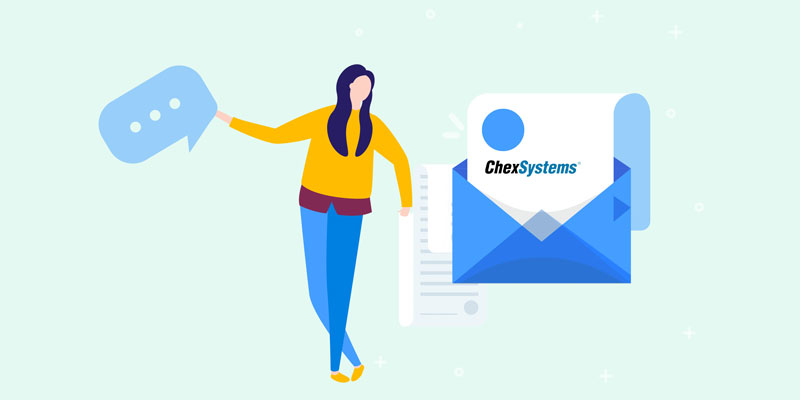
Clearing Up Your ChexSystems Report

Strategies to achieve financial fitness

Unlock Rapid Growth with SMB Marketing for Insurance Companies
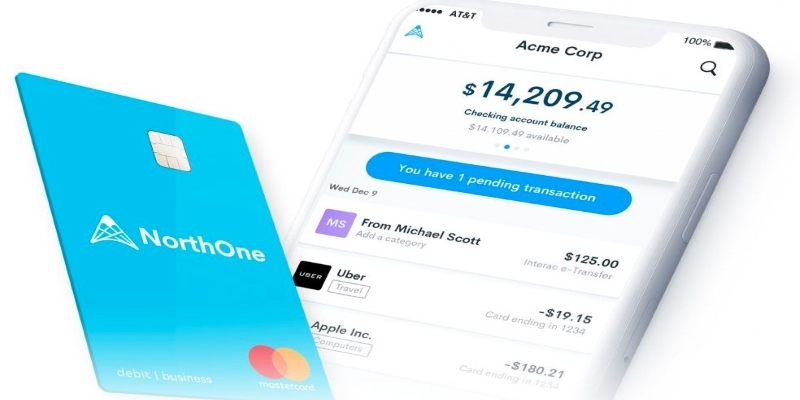
NorthOne Business Banking Review 2024: Simplified and Effective Solutions

An In-Depth Look at Lex Levinrad's Strategies: 2024 Review

The Smart Shopper's Guide to Using Basis Points for Better Financial Decisions
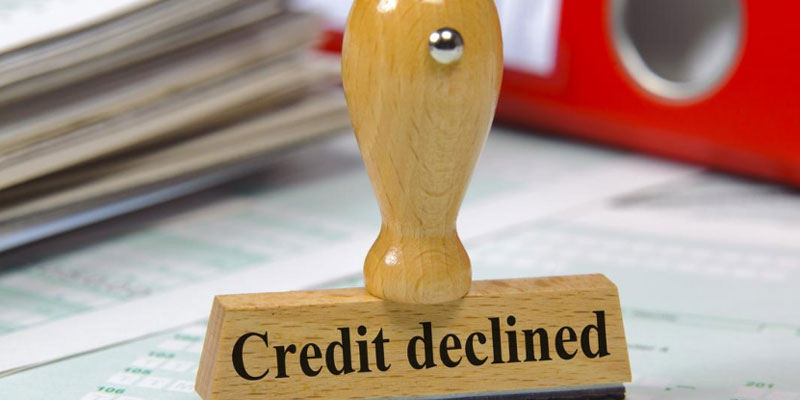
Reasons Why Banks Don't Need Your Money to Make Loans

Putting Down Payments on Wheels: Can You Use a Credit Card?

The role of information and communication in financial intermediation
